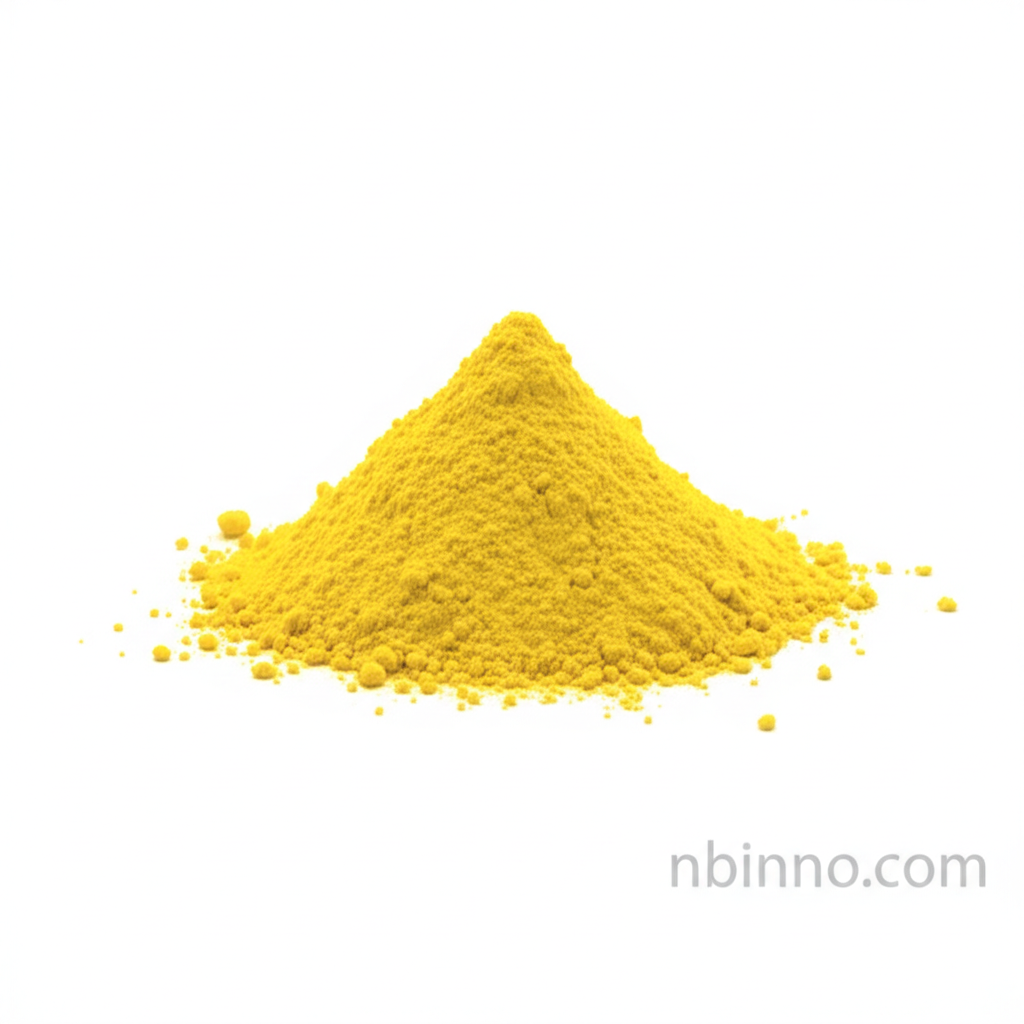2,4,6-Tris(4-Carboxyphenyl)-1,3,5-Triazine: Advancing Material Science
Unlock innovation with a key organic intermediate for next-generation materials.
Get a Quote & SampleProduct Core Value

2,4,6-Tris(4-Carboxyphenyl)-1,3,5-Triazine
This advanced organic intermediate, known as H3TATB, is a crucial electron acceptor with significant applications in material science. Its unique structure enables its use in the synthesis of electrochromic materials (ECMs), which are vital for developing advanced displays like electronic paper and smart windows. Furthermore, it plays a key role in the formation of Metal-Organic Frameworks (MOFs), opening avenues for enhanced CO2 adsorption and the fabrication of highly sensitive electrochemical biosensors.
- Explore the potential of triazine-based materials for energy storage, leveraging its electron-accepting properties for improved device performance.
- Discover how 2,4,6-Tris(4-Carboxyphenyl)-1,3,5-Triazine CAS 61414-16-2 facilitates the synthesis of electrochromic materials, leading to dynamic and responsive visual interfaces.
- Investigate its use in metal-organic framework CO2 adsorption applications, contributing to climate change mitigation strategies.
- Learn about the development of next-generation biosensors through the precise fabrication of MOFs using this versatile chemical compound.
Key Advantages
Versatile Application Spectrum
This compound is instrumental in multiple high-tech fields, from developing advanced electrochromic materials to creating efficient Metal-Organic Frameworks for gas capture and sensing technologies.
Enhanced Material Properties
Its role as an electron acceptor is fundamental to the performance of electrochromic materials, enabling them to change color and transparency effectively, supporting advancements in organic intermediate for electronics.
Sustainability Focus
The application of 2,4,6-Tris(4-Carboxyphenyl)-1,3,5-Triazine in CO2 adsorption highlights its contribution to environmental solutions and sustainable chemical practices.
Key Applications
Electrochromic Materials
Used in the synthesis of materials for electronic paper and smart windows, enabling dynamic visual displays.
Metal-Organic Frameworks (MOFs)
Key component for MOFs utilized in CO2 adsorption and gas storage solutions.
Electrochemical Biosensors
Enables the fabrication of advanced biosensors for medical diagnostics and environmental monitoring through MOF integration.
Organic Synthesis
Serves as a vital building block and electron acceptor in complex organic synthesis pathways.
